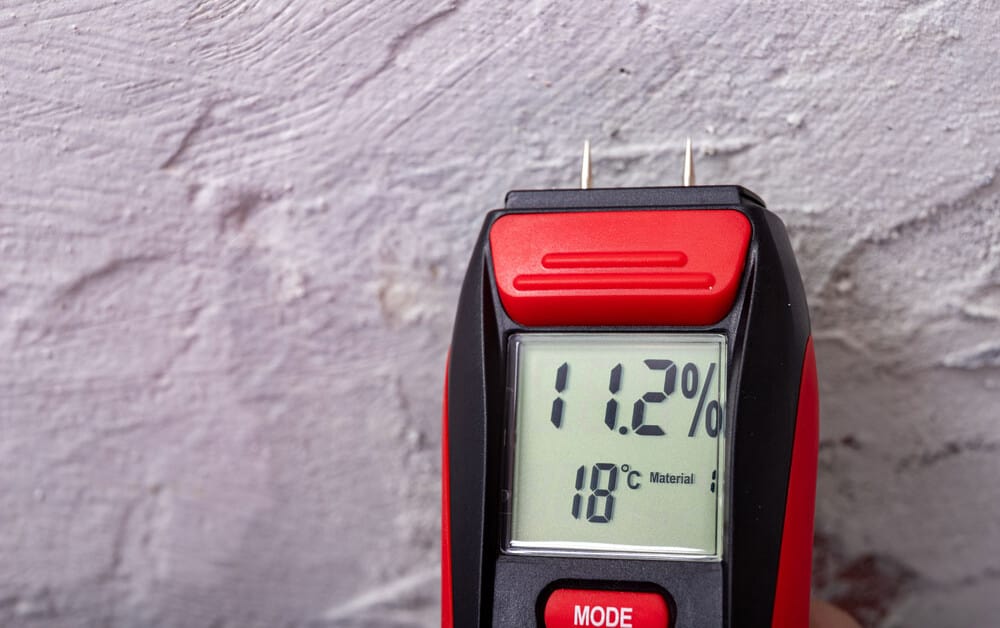[Updated June 2022]
When problems aren’t taken care of right away, that leaves them open to getting worse than they already are. What starts off as a small puddle can turn into water damage that seeps in through the floor and affects the basement. A wet basement can result in an unpleasant odor, but the problem goes much further than that. This is the room that is directly below your main house. When it isn’t protected, it can do some serious damage to the house’s structural integrity.
Why is My Basement Wet?
Before fixing the problem, you need to know what caused it in the first place. There are several reasons your basement walls and floors are damp. One explanation is condensation due to temperature differences. This isn’t uncommon, especially when the weather changes.
Another cause is related to your home’s systems. Basement moisture can be caused by improper soil and drainage systems, hydrostatic pressure, or poorly installed and maintained gutters and drainage systems.
Cracks in your basement’s walls and ceilings may also increase the chances of moisture build-up and make it easier for rainwater or melted snow to seep in.
3 Basement Waterproofing Methods
Interior Waterproofing
Interior waterproofing or internal waterproofing prevents leaks from reaching your basement from the inside of your home. It is the best way to keep you from having a damp or wet basement.
Sealing off the inside of your home requires the materials:
- Interior air-gap drainage membrane
- Drainage tile connector pieces
- Drainage tile
- Enough gravel and cement to cover ¾ inches of ground
Professionals will seal up the problematic areas from the inside to prevent the growth of mold, mildew, or any other hazardous substances and bacteria that can affect your health. This can also help with a hydrostatic pressure issue.
Exterior Waterproofing
Exterior basement waterproofing is a great alternative to interior waterproofing. As implied, it involves digging out the soil around the basement walls outside and applying a moisture barrier by installing a dimple board or a french drain, which prevents water from getting to your walls.
This method involves excavation, so if you’re not a fan of dirt, you can’t DIY this project. Experts may step in to do it for you.
Drainage Improvements
Drainage issues are one of the main problems of basement moisture build-up. Water from the pipes of your drainage system may start leaking and cause water damage to the walls. Many older houses have outdated drainage systems that need to be replaced to work effectively.
Improving your drainage system—or installing one if there wasn’t one to begin with—will not only fix the wet basement dilemma but also prevent bigger structural issues.
Conclusion
Every home deserves the best maintenance work to keep it safe and standing for many years to come. Your basement may not be a room that you visit often or invite people to, but you still need to make an effort to keep it clean and protected. The least you can do is invest a little in waterproofing the basement so that it stays strong and sturdy when the rain comes pouring.
Keep your home well-maintained from the inside out. For the best landscaping and drainage services in Belleville, contact Sir Williams Drainage And Waterproofing Solutions. We have been providing high-quality services across the Metro Detroit area for more than 30 years. Call us now to get the best out of our services today!

 (248) 252-5248
(248) 252-5248 